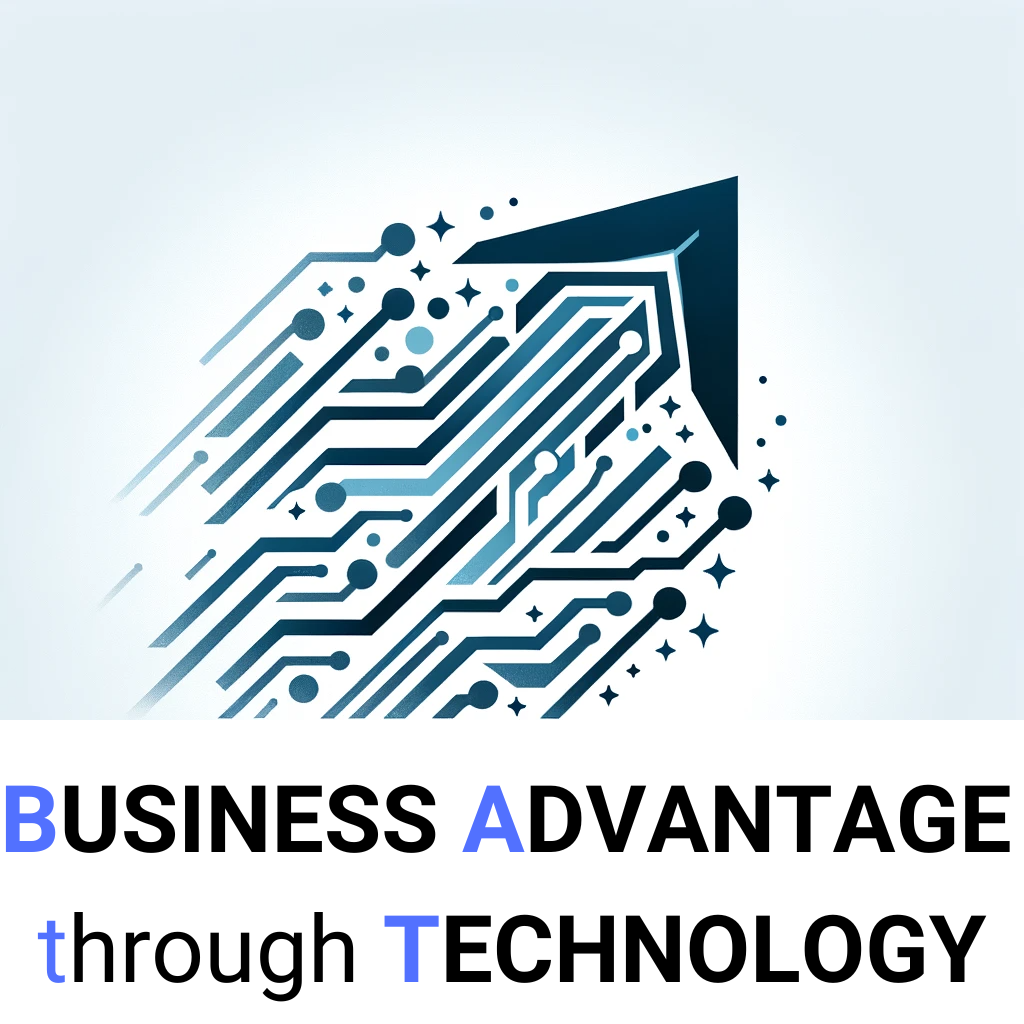IT Strategy – designed to generate Business Advantage through Technology
Over the last several years we have worked with a number of businesses to develop it strategy and business strategy. Sometimes this has resulted in one inclusive document, on other occasions standalone, but cross referenced, Business and IT Strategy documents.
In any strategy work over the last several years I have tended to assess our approach against Richard Rumelt’s framework (outlined in ‘Good Strategy, Bad Strategy’).
Have always liked his approach to business strategy and it also lends itself well to IT Strategy work.
There are five elements:
- Diagnosis
- Policy
- Coherent actions
- Execution
- Continuous improvement and learning
DIAGNOSIS
You are not going to develop worthwhile thinking and planning re IT without understanding the business and its challenges and opportunities. In completing a diagnosis would look to address the following:
- Understand the business: business environment, market trends, customer requirements, competitors. Readiness/ willingness to change.
- Stakeholders – identify (shareholders, management, employees, customers, regulators, etc) and understand expectations, attitude to change, competition, adapting.
- Assess current IT – including infrastructure, processes, data management and support for informed decision making
- Research industry trends as may impact company competitiveness – data analytics, artificial intelligence, robotics, etc
- Identify opportunities/ challenges for the business which can be addressed through IT enhancement/ innovation
GUIDING POLICY
- Align to business priorities – including innovation, agility, customer centricity – recognising importance of data
- Define core principles and values that guide IT decision-making, while ensuring alignment with stakeholder expectations and company values. Consider cybersecurity, Mobile, Data, Artificial Intelligence, Build v. Buy, Platform centric, Interoperatibility, Cloud/ On Prem/ Hybrid – emphasise flexibility, adaptability and responsiveness to the market and competition.
- Prioritise initiatives that supporting strategic objectives, drive operational efficiency, and enable the company to exploit opportunities.
COHERENT ACTIONS
- Develop required actions/ projects to address the key business challenges and opportunities
- Prioritise these actions in context of impact for the business, while understanding any interdependencies across the actions/ projects
- Align resources in line with prioritisation – designed to deliver innovation, growth, competitiveness with a focus on data and analytics to identify/ uncover additional actions of value to the business.
EXECUTION
- Deliver business advantage. Execute the identified projects in line with the agreed prioritisation. Demonstrate tangibl benefits to the relevant stakeholders..
- Communicate with all relevant stakeholders while executing each project. Ensure timely feedback and understanding of changes/ impact across the business.
- Capture and use data to demonstrate project progress and to measure actual Business Advantage delivered.
CONTINUOUS IMPROVEMENT AND LEARNING
- Feedback – gather feedback from users and stakeholders – to identify further opportunities for improvements and /or innovation – potentially at policy level, with respect to completed or ongoing projects or identification of potential new projects.
- Promote culture of continuous improvement and innovation – ensuring understanding of the business in IT and across the business the capability of emerging technologies. Encourage experimentation and data driven research.
- Monitor emerging business and technology trends – to identify further opportunities to drive efficiency, grow the business and improve customer experience.
FITTING WITH OUR APPROACH
While strategy may be determined over a fixed period of time the dynamics of the current business environment very much drive the requirement that the strategy is a living strategy – and Rumelt’s inclusion and emphasis on Continuous Improvement and Learning speaks well to this. Typically we see the Section Guiding Policy as being critical to providing the framework for ongoing IT decision making. It too may be subject to change – given the velocity of new developments e.g. Generative AI. We typically look to capture the ‘Coherent Actions’ in a Tech Roadmap – agreed jointly between all relevant stakeholders. Typically we are looking at 18 to 24 months for such a roadmap – and within this time it may itself be subject to review and/or overhaul. For us critical that the Execution of the prioritised projects delivers the targeted Business Advantage. Communication, Data and Feedback are all key to this.
What are the 4 main points of IT strategic planning?
In developing an IT Strategy we are looking to use IT in a business to achieve business objectives. So the main points are:
- Understand the business objectives and the business itself (how it operates)
- Prioritise/ focus efforts on IT according to its potential to drive achievement of those objectives
- Manage/ develop IT in such a way as to provide the required flexibility to support the business as it reacts to the marketplace, new trends, competitors
- Manage data as a stratgic asset of the business
CONCLUSION
We have found Rumelt very useful in it strategy development – driving the focus toward Coherent Actions, aligned with Business Priorities and which will drive realisation of Business Advantage through Technology.


